Alicante, a jewel on Spain’s eastern coast, offers a captivating blend of natural beauty, historical richness, and cultural vibrancy. In this comprehensive guide, we delve into the best places to visit in Alicante province, each promising unique and unforgettable experiences. From majestic castles to tranquil islands, lush palm groves to stunning caves, vibrant towns to serene nature trails, and of course, the delectable local cuisine, Alicante is a treasure trove of wonders waiting to be explored.
1. The Castle of Santa Bárbara
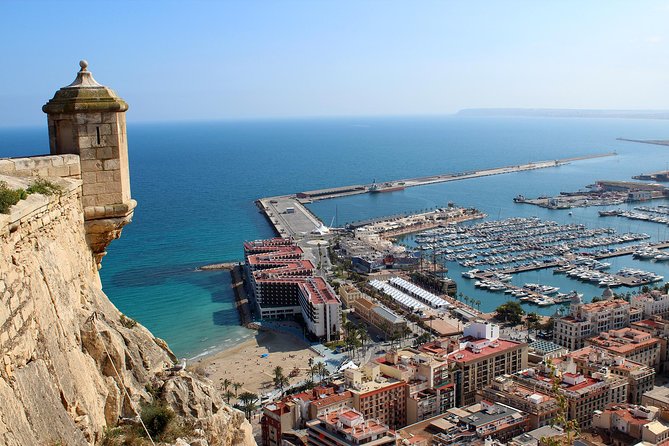
This iconic fortress is more than just a historical site; it’s a cultural beacon. With origins dating back to the 9th century, the castle has witnessed various historical eras, from Islamic to Christian rule. Visitors can explore the dungeons, the old cannons, and the Museum of the City of Alicante (MUSA) housed within its walls. The panoramic views from here, especially at sunset, are nothing short of spectacular, providing a perfect backdrop for photos.
How to get there?
- By Foot or Bus: The castle is a short distance from the suites. You can either walk up the hill for a scenic route or take the bus (Line 22) which stops near the entrance.
- By Lift: Right in front of the beach there is an entrace to the lift that will take you directly to the castle. Exact location
2. The Exotic Island of Tabarca
Tabarca is Alicante’s hidden gem. This small island, once a refuge for Barbary pirates, is now a protected marine reserve. Its crystal-clear waters are ideal for snorkeling and diving, revealing a vibrant underwater world. The island’s quaint town, with its narrow streets, offers charming restaurants where you can sample fresh seafood and traditional paellas.
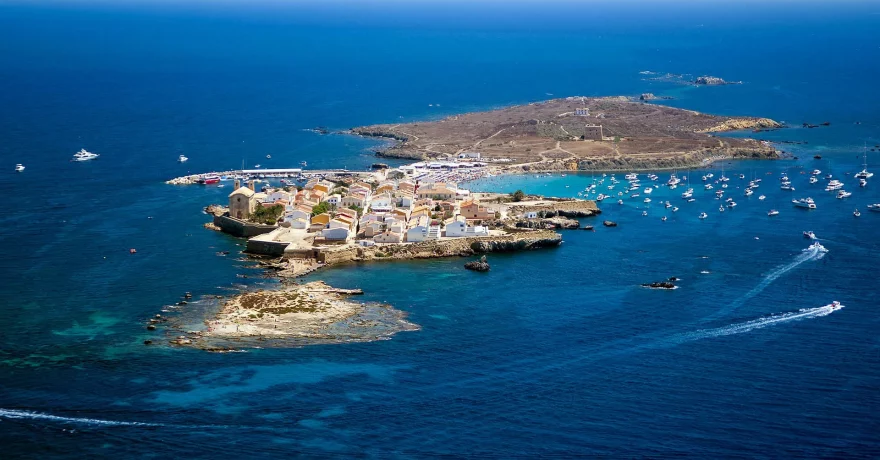
How to get there?
- By Public Transport and Ferry: Take a bus or tram to Alicante’s port (location) and then a ferry to Tabarca. The ferry journey offers beautiful views of the coastline.
- By Private Boat Tour: For a more luxurious experience, private boat tours to Tabarca can be arranged from Alicante’s marina.
3. The Palm Grove of Elche
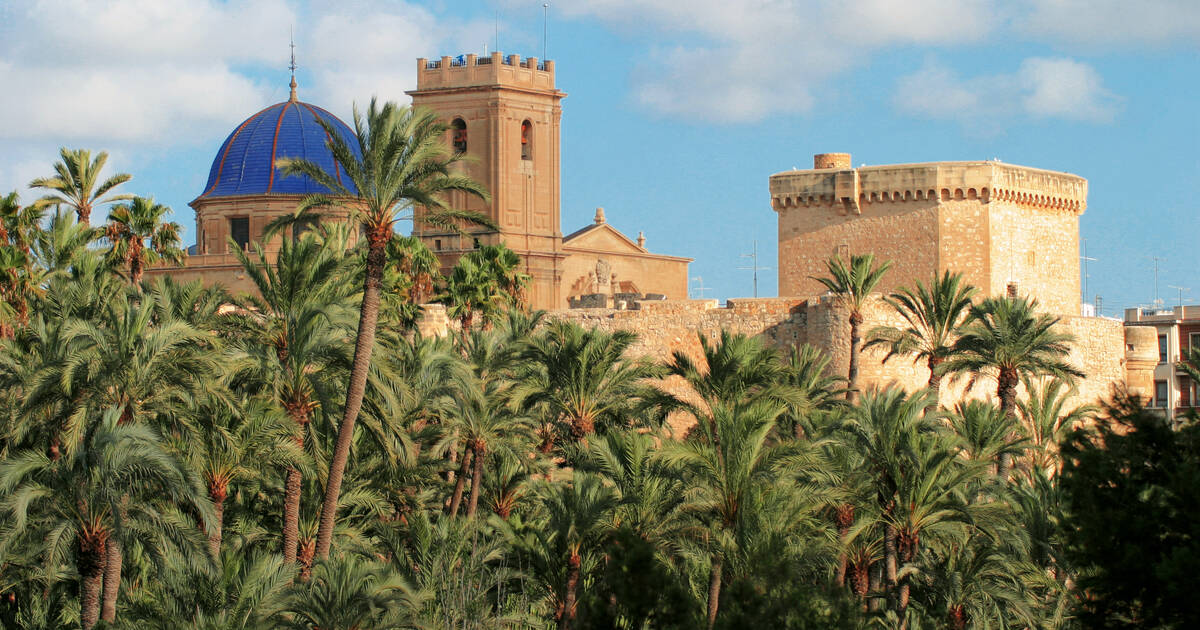
This vast expanse of palm trees is a sight to behold. It’s not just about the number of palms but their arrangement, creating a unique landscape. The Huerto del Cura Garden, with its famous Imperial Palm, is a must-visit within the grove. This palm has seven arms and is a symbol of the garden’s beauty and uniqueness.
How to get there?
- By Train or Bus: Regular trains and buses run from Alicante to Elche, taking about 20-30 minutes.
- By Car: Drive on the A-70 and A-7, reaching Elche in approximately 25 minutes.
4. Guadalest Valley
Guadalest, a small town perched on a pinnacle, is like stepping into a medieval fairy tale. The castle, accessible through a tunnel, provides a window into the past and offers stunning vistas. The town itself, with its whitewashed houses and cobblestone streets, is home to several small museums and artisan shops, making it perfect for a leisurely exploration.
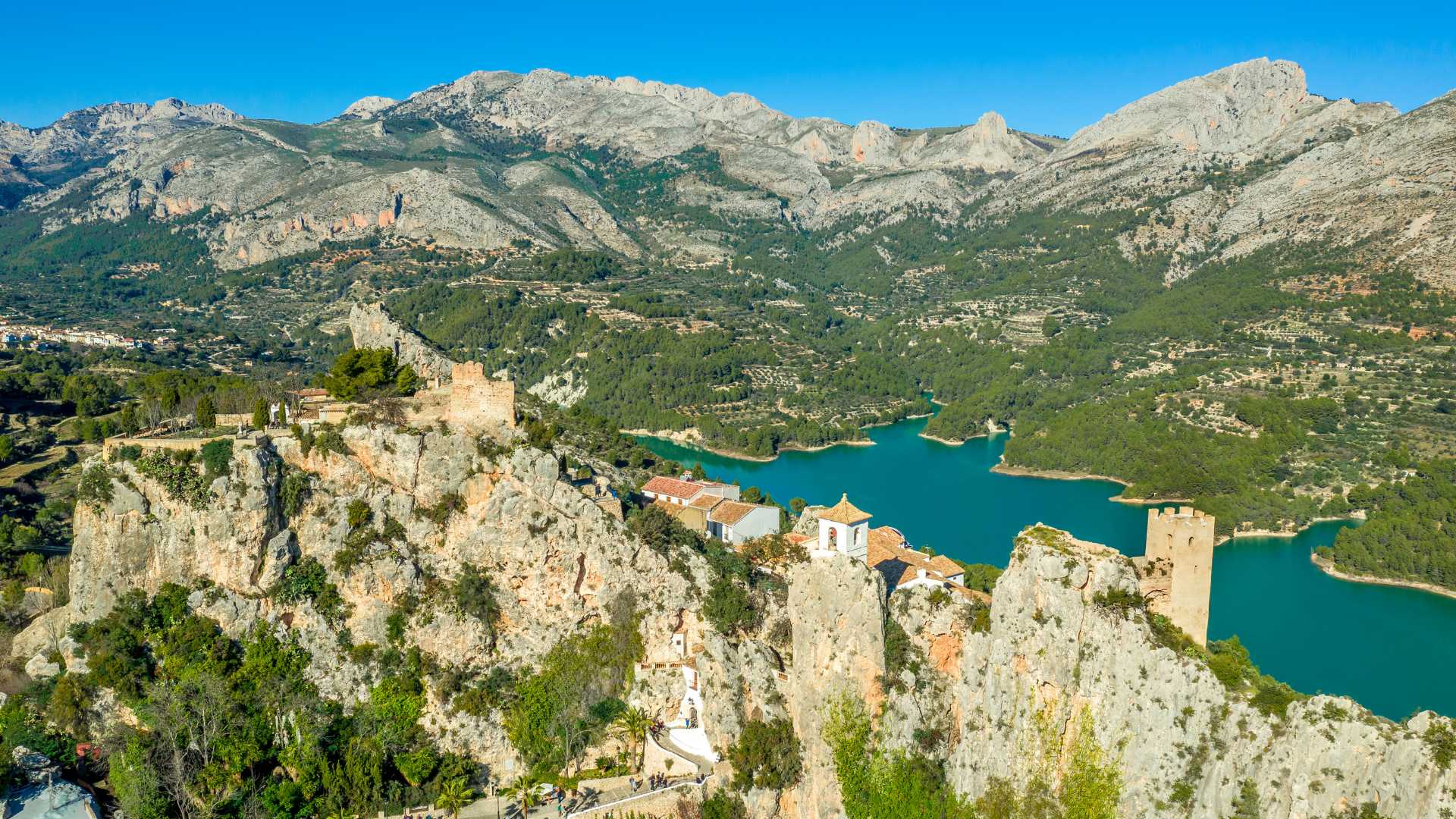
How to get there?
- By Car: The best way to reach Guadalest is by car, which takes about an hour, providing flexibility to explore the valley.
- By Bus Tour: Various tour operators offer day trips to Guadalest, including guided tours of the town and castle.
5. The Caves of Canelobre
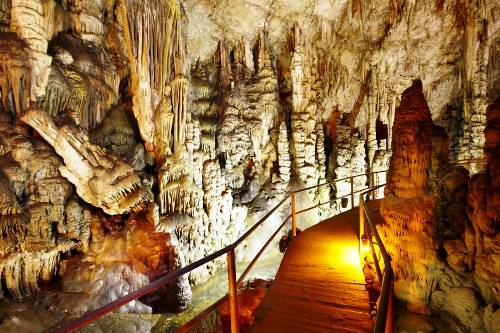
These impressive caves are a natural spectacle. The main hall, resembling a cathedral’s interior, is adorned with striking formations that have taken thousands of years to form. The lighting within the caves enhances their beauty, creating a surreal atmosphere. Concerts are occasionally held here, utilizing the cave’s natural acoustics.
How to get there?
- By Car: Located near Busot, the caves are best accessed by car, a journey of about 45 minutes.
- By Bus: Take a bus to Busot from Alicante and then a taxi to the caves.
6. Alicante's Beaches
Alicante’s coastline is diverse. Postiguet Beach, located in the heart of the city, is vibrant and lively, perfect for those who love to be in the midst of action. In contrast, San Juan Beach offers a more tranquil experience with its long stretches of sand and clear waters, ideal for relaxing or engaging in water sports.

How to get there?
- By Foot or Public Transport: The city beaches like Postiguet are within walking distance. For San Juan Beach, take the tram (Line 1 or 3).
- By Car: Drive along the coast to explore various beaches at your leisure.
7. The Archaeological Museum of Alicante (MARQ)

MARQ is not just a museum; it’s an educational journey through time. The exhibits, ranging from prehistoric artifacts to Roman antiquities, are displayed innovatively, with interactive elements that engage visitors of all ages. The museum also organizes temporary exhibitions and educational workshops, making each visit unique.
How to get there?
- By Tram or Bus: Take tram line 2 or bus line 23 from the suite.
- By Foot: A longer walk, but feasible for those who enjoy a stroll through the city.
8. The Colorful Streets of Villajoyosa
Villajoyosa is a feast for the eyes with its brightly painted houses – a tradition dating back to when fishermen would paint their homes in vivid colors to see them from the sea. The town’s chocolate heritage, with factories like Valor offering tours and tastings, adds to its allure.

How to get there?
- By Tram: The Tram Line 1 goes directly to Villajoyosa, offering a scenic route along the coast.
- By Car: Drive along the AP-7 or N-332 for a quick and comfortable journey.
9. Hiking in Sierra Helada
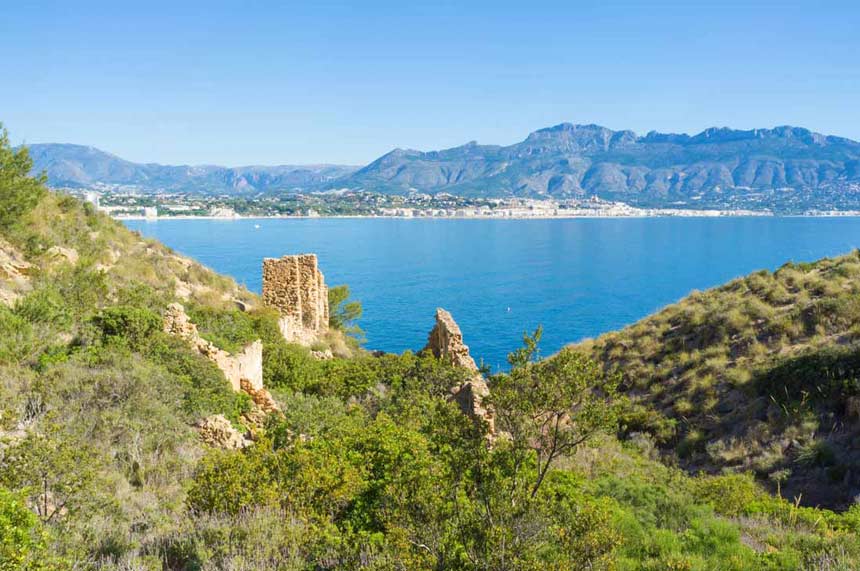
Sierra Helada, with its rugged cliffs and Mediterranean views, is a paradise for hikers. The trails range from easy walks to challenging treks, leading to hidden gems like the Albir Lighthouse or the secluded cove of La Mina, where you can enjoy a refreshing swim after a hike.
How to get there?
- By Tram and Foot: Take the tram to Benidorm and then hike up to Sierra Helada.
- By Car: Drive to the starting points of the hiking trails.
10. Hike to the Peñón de Ifach
The Peñón de Ifach, a massive limestone outcrop in Calpe, offers a challenging yet rewarding hike. Towering 332 meters above the Mediterranean, it’s a natural park known for its rich flora and fauna. The hike, suitable for those with a good fitness level, provides stunning views of the coastline and the chance to spot local wildlife. The path, while steep and rocky in parts, leads to an unforgettable vantage point, making it a favorite among nature lovers and adventure seekers.
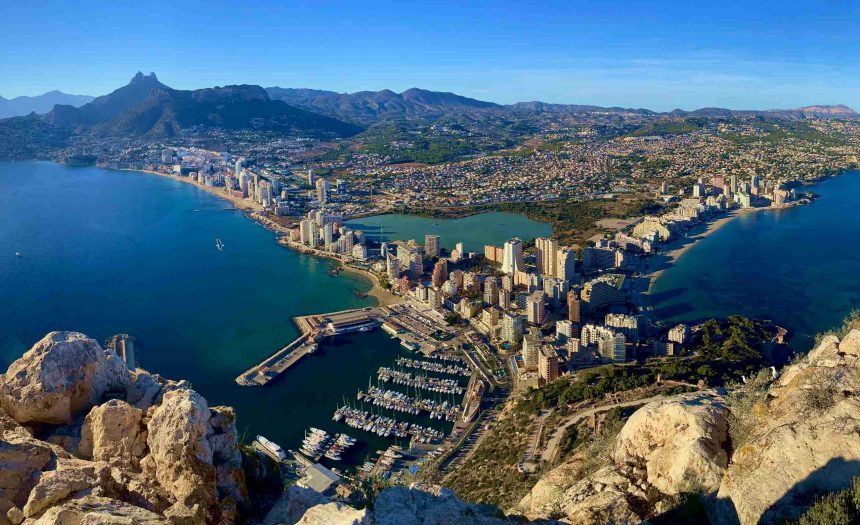
How to get there?
- By Car: Drive to Calpe, which takes about an hour, and start the hike from the base of the Peñón de Ifach.
- By Public Transport: Take a bus or train to Calpe and then a short taxi ride or walk to the natural park.
Conclusion
This is just a small set of things to do in Alicante. Alicante is more than just a destination; it’s an experience rich in diversity and beauty. From historical landmarks to natural wonders, and from bustling beaches to serene mountains, every corner of this Spanish province promises a piece of magic. Whether you’re seeking adventure, relaxation, or cultural immersion, Alicante welcomes you with open arms and a myriad of treasures to uncover.

